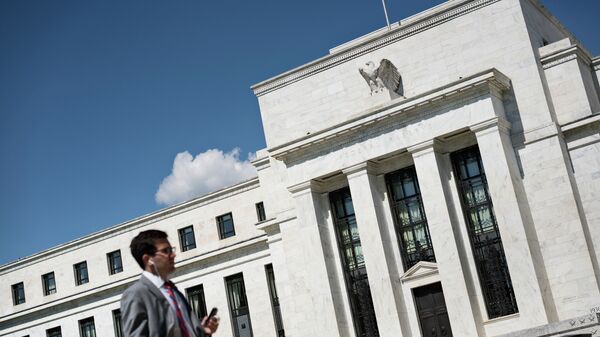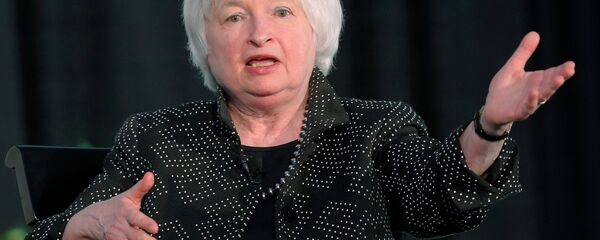Kristian Rouz – After President Trump picked Jerome Powell to chair the Federal Reserve starting in February 2018, central bank officials have sent multiple signals of how the monetary policy will change in order to accommodate the massive tax reform proposed by the President. This comes as the economy is running at full-steam and is poised for a quicker expansion.
San Francisco Fed President John Williams – who recently urged global central banks to rethink their policies and adopt the latest ideas in monetary policy – says the Fed will take action in changing its policy.
READ MORE: US Federal Reserve Urges Global Central Banks to Change Policy
Price-level targeting, advocated by Williams, is still met with great suspicion amongst policymakers and market participants, as some believe it could mean a greater degree of centralized economic planning. Planned economies have failed on the supply-side in the past, whilst the major improvements in personal income had driven massive expansion on the demand-side – e.g. the late Soviet Union.
This means the Fed would hike rates regardless of the current low inflation, offsetting the risks of economic overheating caused by the Trump administration’s fiscal stimulus. Inflation would gain momentum at the point when US consumers see a sustainable improvement in their purchasing power, and rush to buy things – ideally, made in America at that point.
When inflation is low, people tend to spend less – with Japan being a prime example – which hampers economic expansion in the longer-run. However, this is hardly the case for the US – President Trump’s fiscal measures are expected to boost average incomes, and consumer would be more inclined to go shopping. Inflation would thus catch on as the economic reforms continue.
Williams-proposed policy shift would also mean the Fed would have to allow inflation to run at 3 percent – twice as high as it is now – over a period of at least five years, in order to support growth in a higher-rate environment.
The risks this could entail are on the political side. President Trump will have to remain in office past-2020, and the destructive Democrat Party agenda will have to be suppressed or dismantled – there are only two ways to achieve this. First, by Trumponomics being incredibly successful and second – though sweeping party system reform, contemplated by the likes of former White House chief strategist Steve Bannon and Judge Roy Moore.
Which one would succeed, if any, is yet unknown. However, if the political pendulum swings back to the Democrats in 2020, the Fed’s new policy is bound to fail, as it is hardly compatible with the Democrat’s agenda of governmental regulation of the economy.
READ MORE: Economic Ties to Become Focus of China's Neighborhood Diplomacy
Meanwhile, the Fed is gearing for a December rate hike amidst the across-the-board economic acceleration in the current quarter. Even though the Black Friday and holiday season sales have not yet kicked in, the growth in consumer prices (CPI) is gaining momentum, whilst income gains are gradually taking off.
"As long as a robust labour market is generating sizable income gains, the consumer should remain on a solid track," Stephen Stanley of Amherst Pierpont Securities says.
However, St. Louis Fed President James Bullard warned if the current economic reality persists (i.e. the Trump reform takes too long, or the Fed doesn’t change course soon and decisively enough), inflation would not reach a sustainable 2 percent until late 2018-2019. This means that the economy will remain in limbo for another four quarters, which bears hazards of heightened recessionary pressures.




